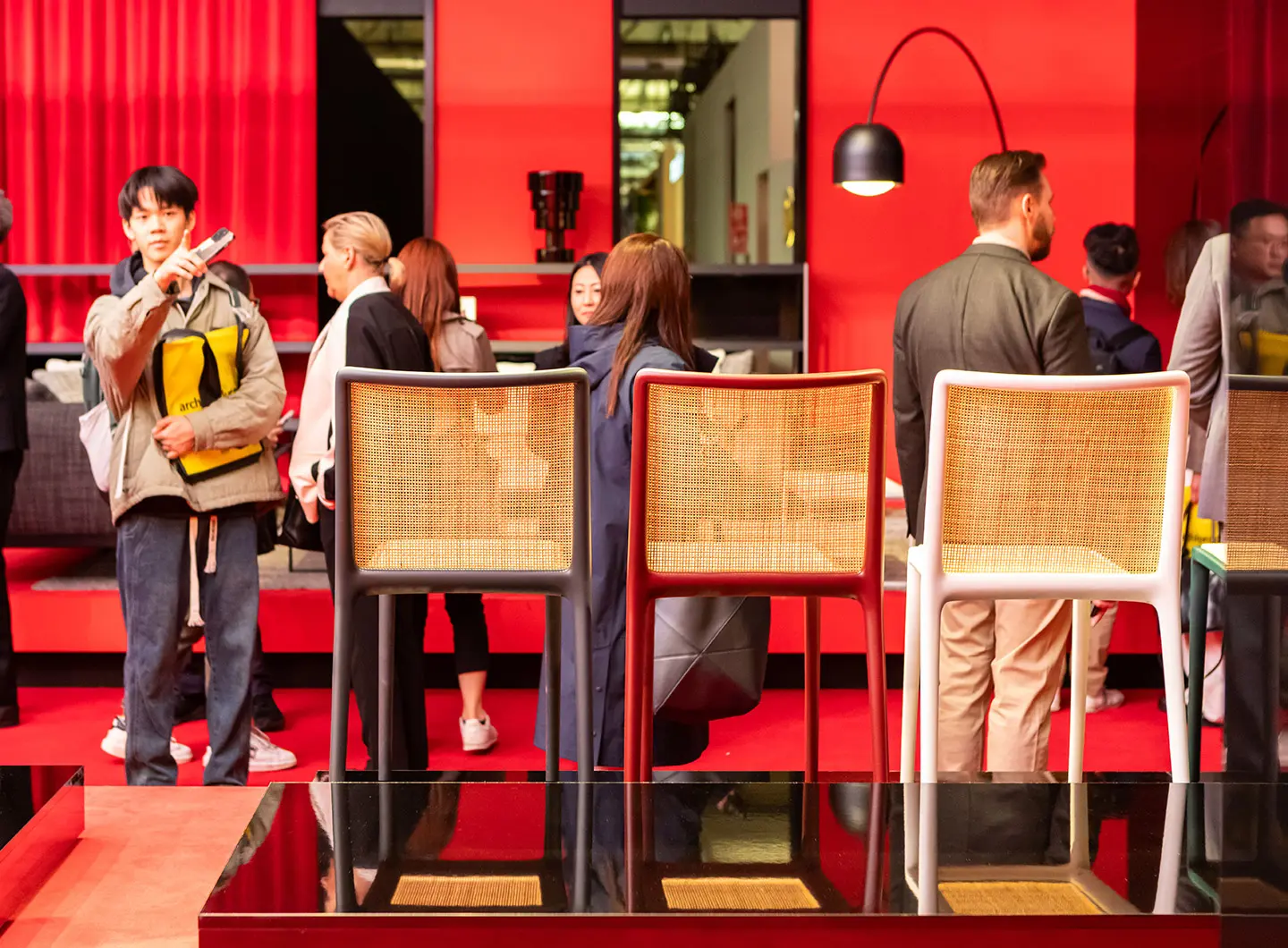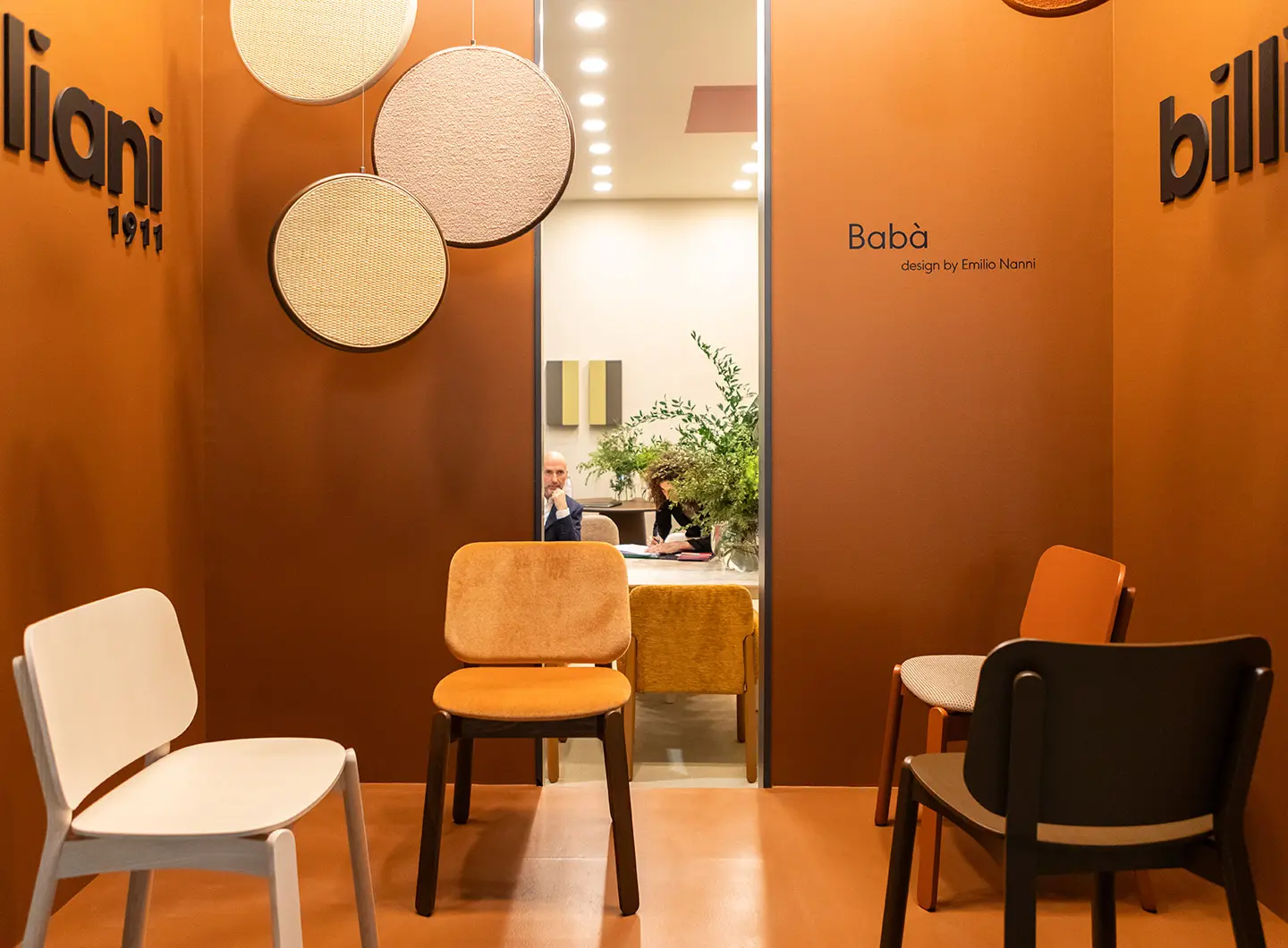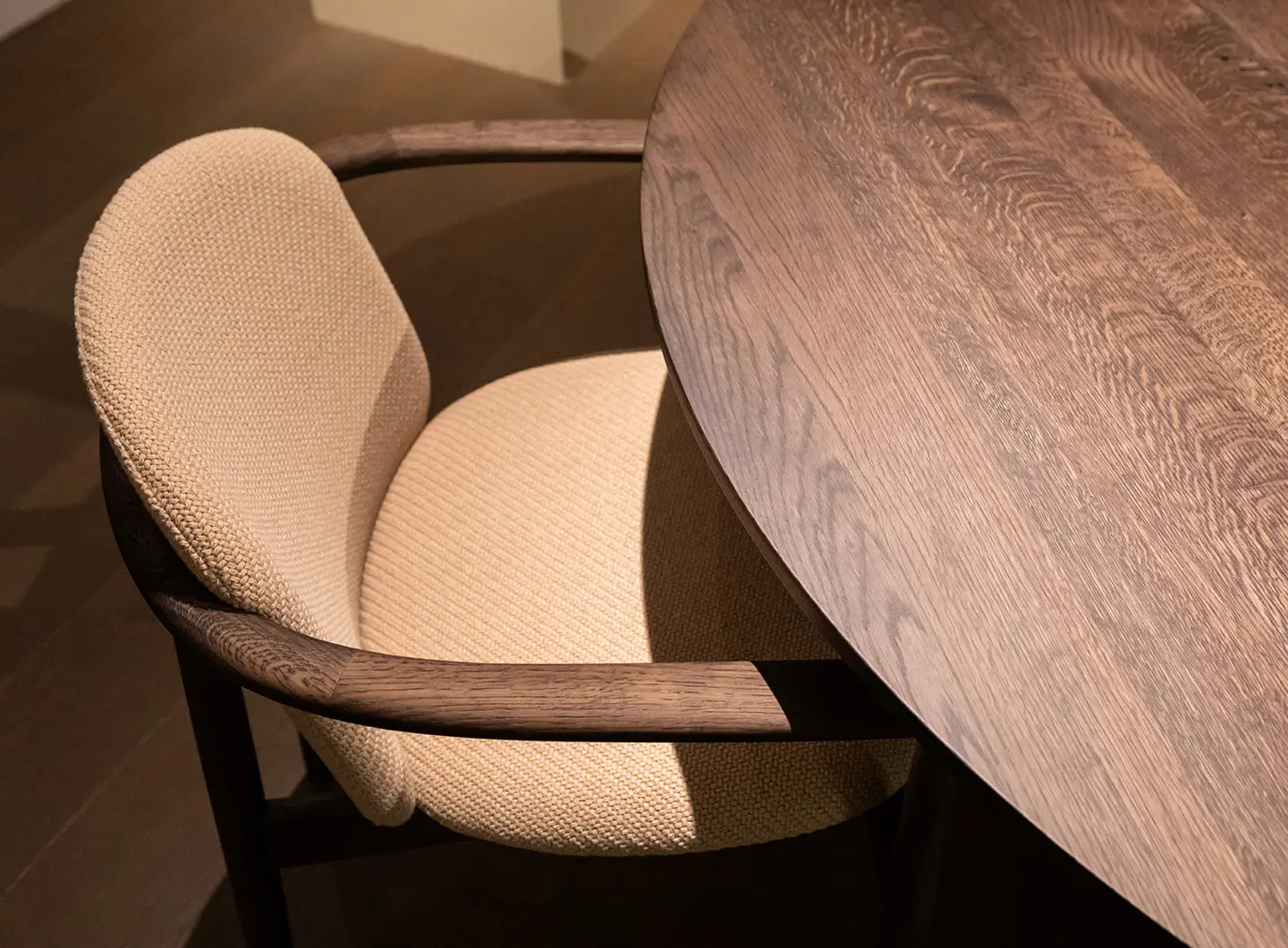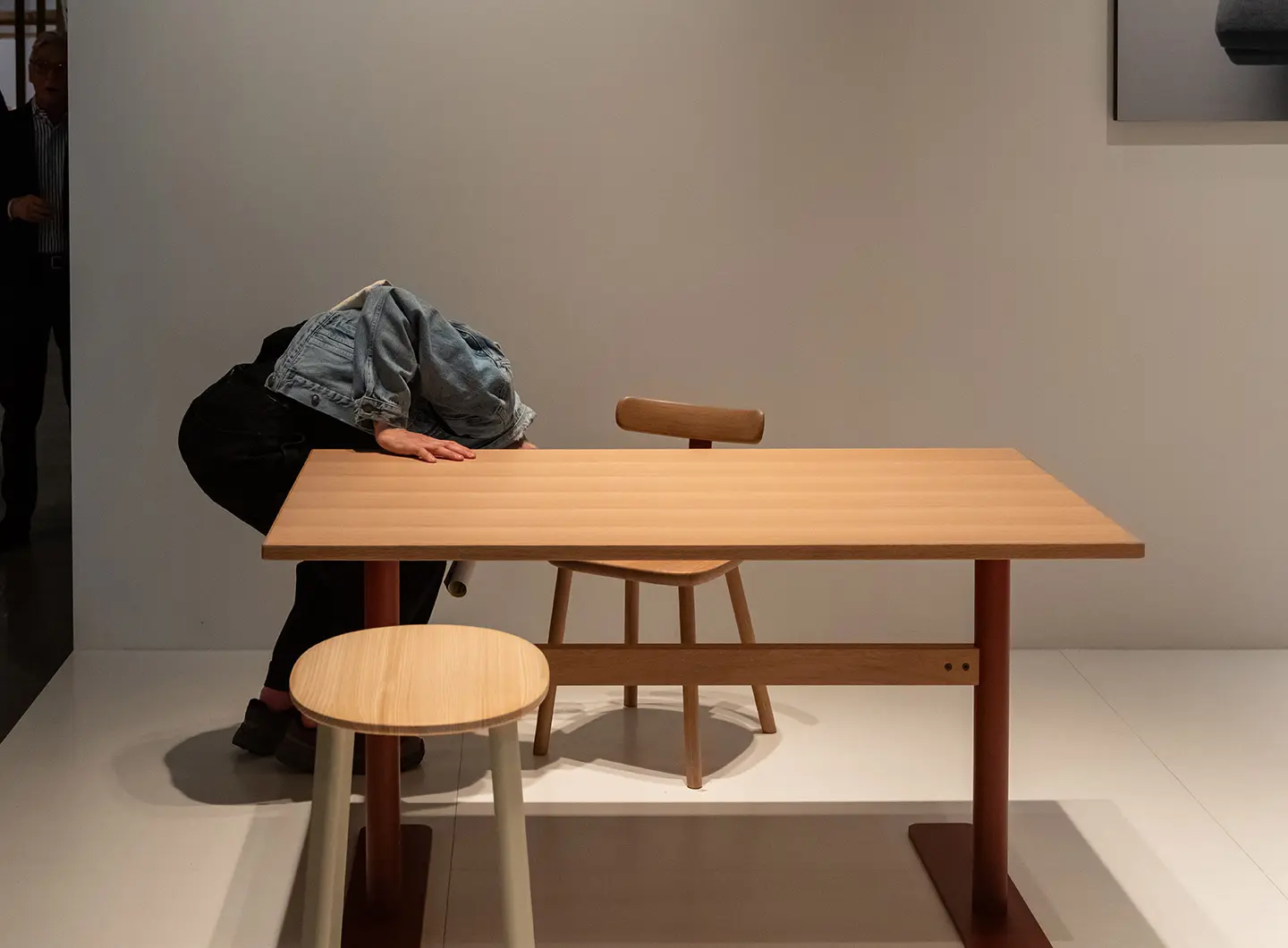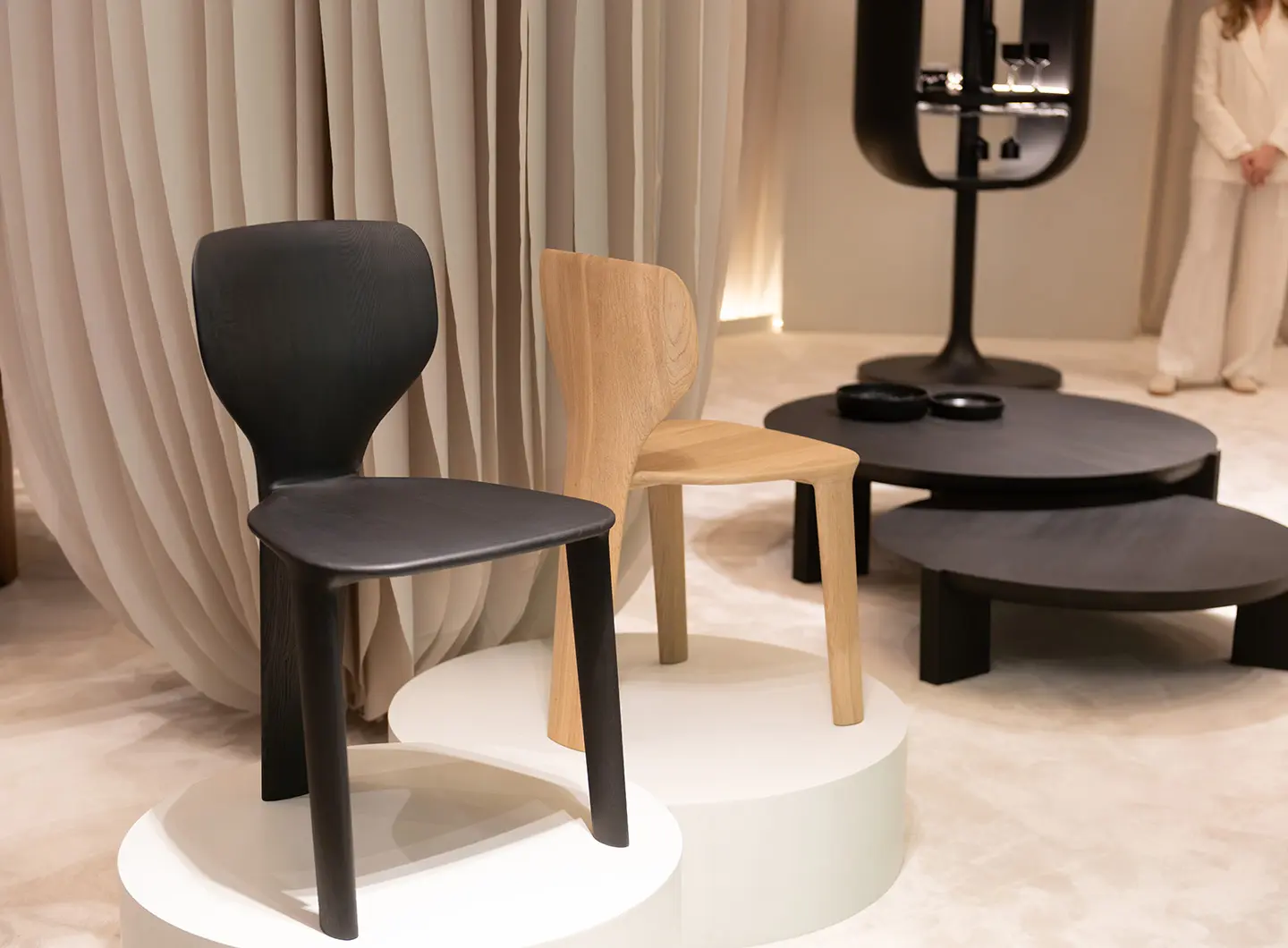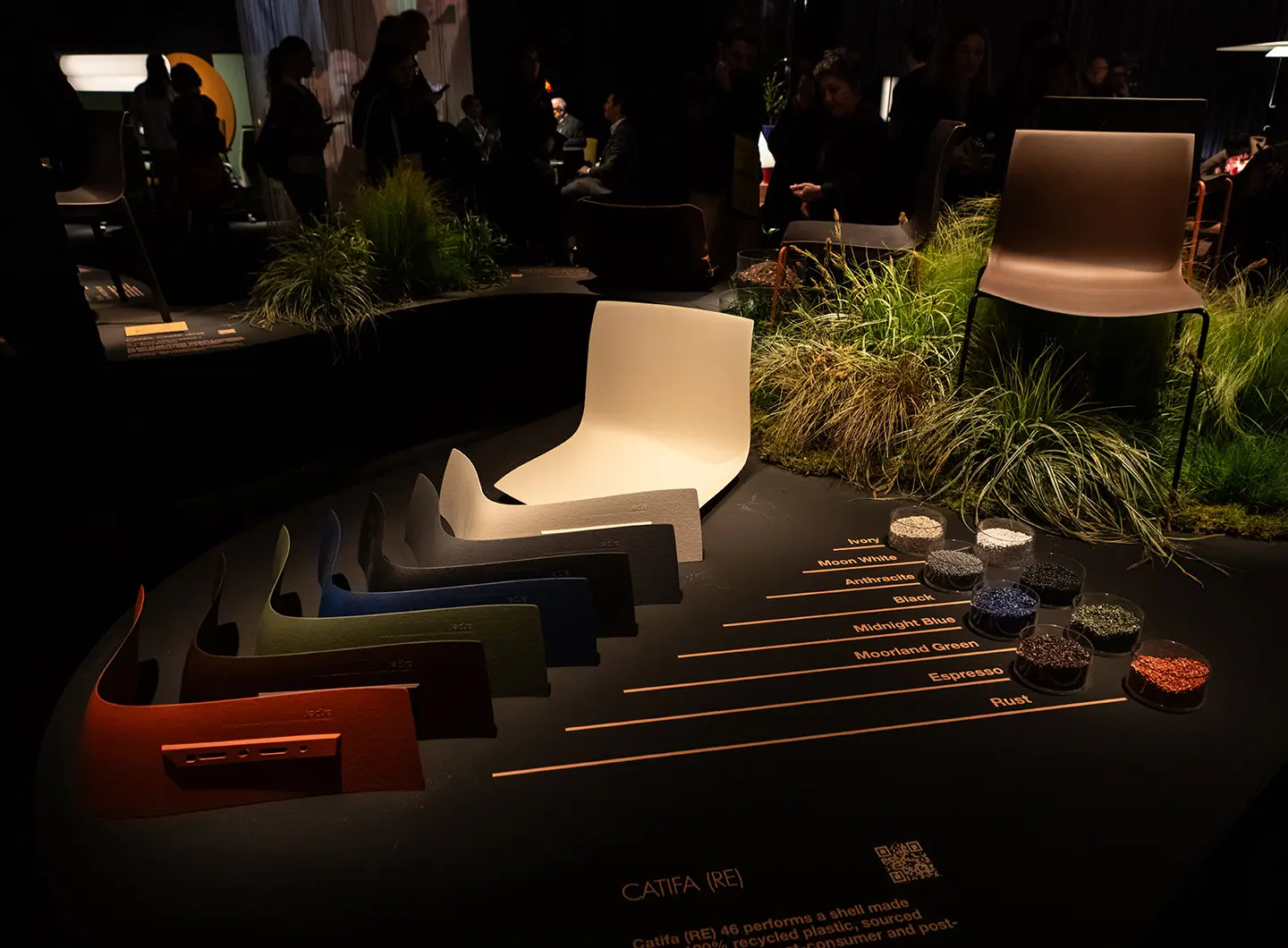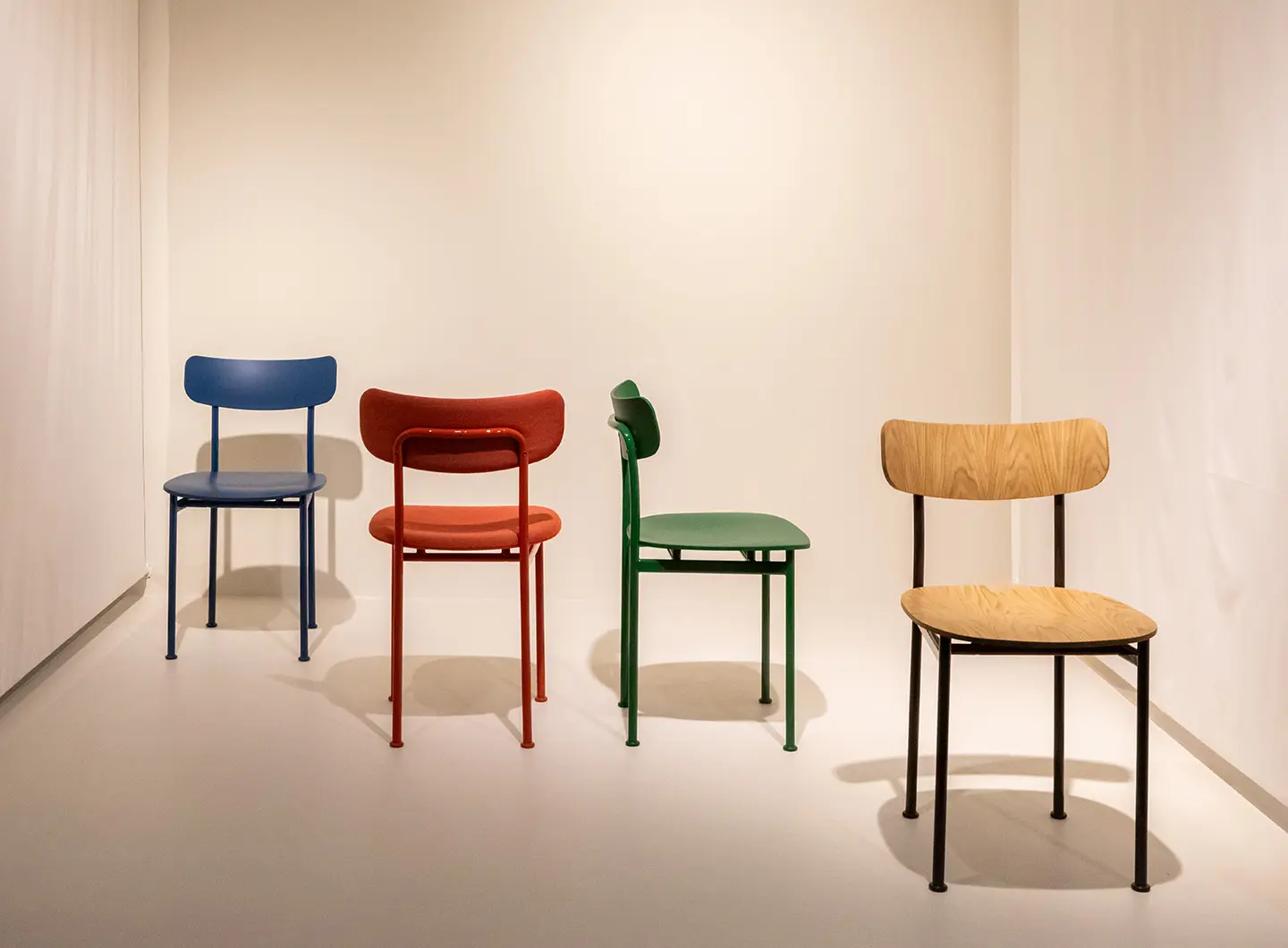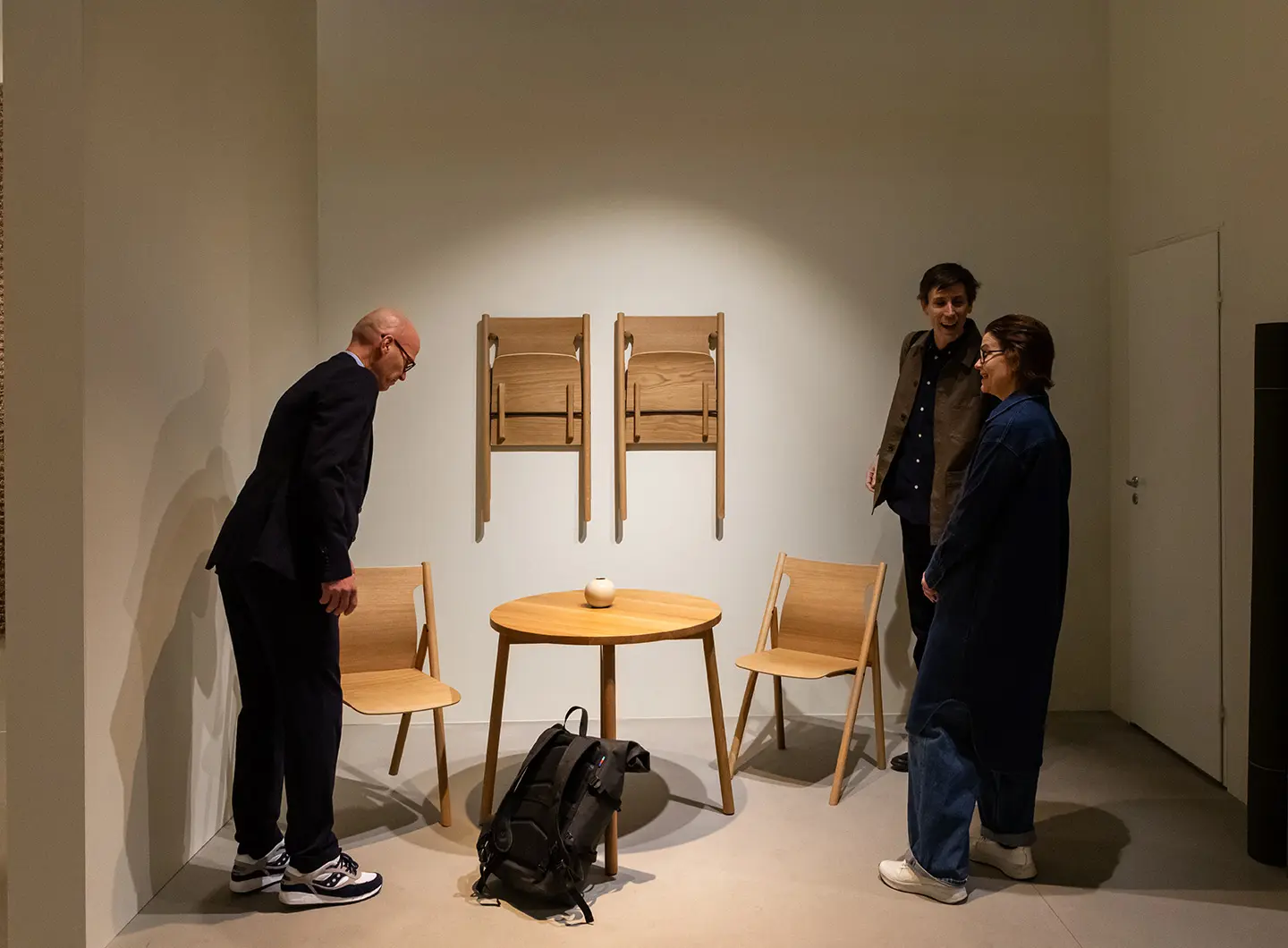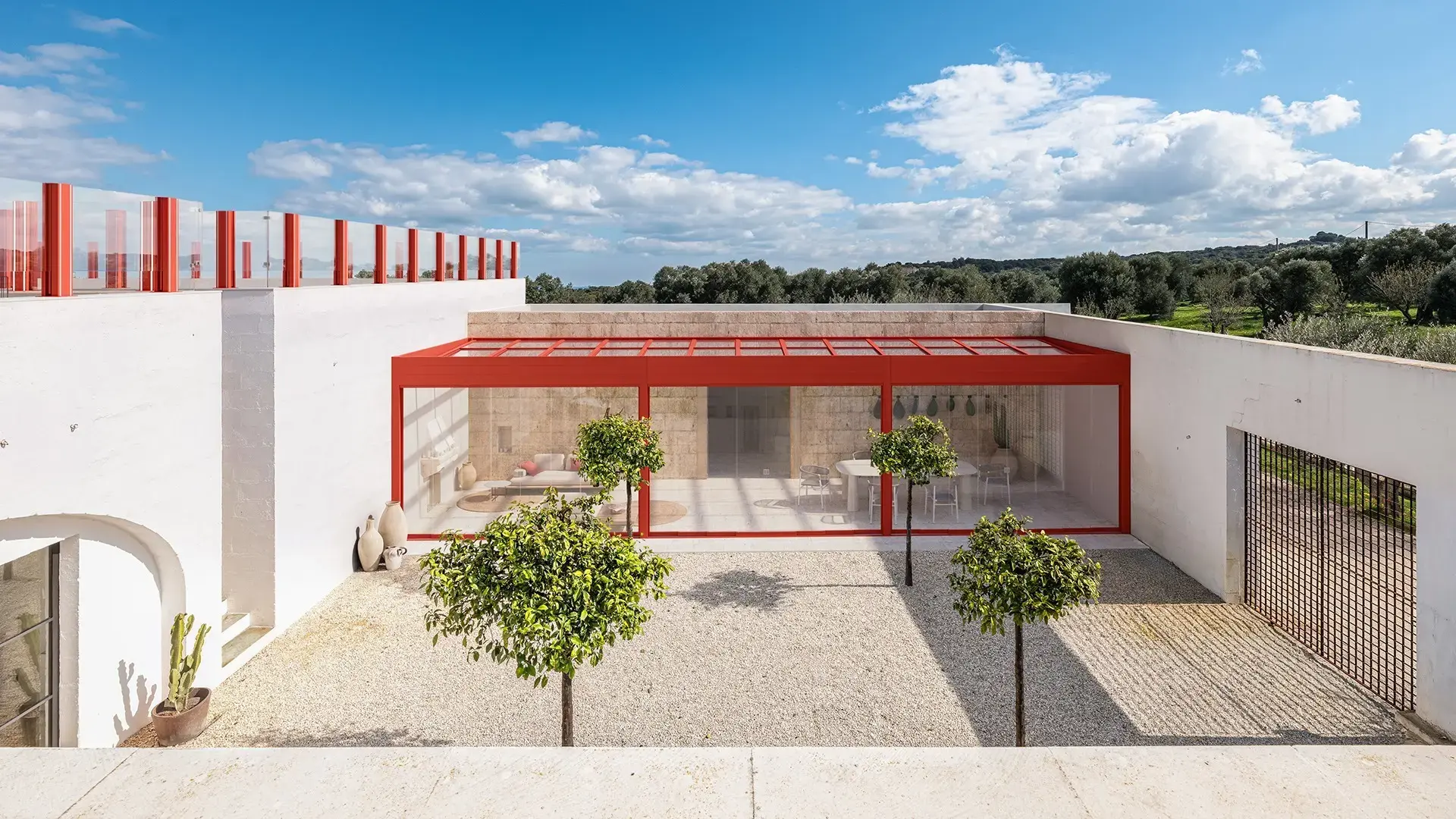Che cos’è e cosa prevede il bonus, come richiederlo e soprattutto, si può chiedere il bonus anche senza ristrutturazione?
Chairs: the novelties we saw at the Salone del Mobile
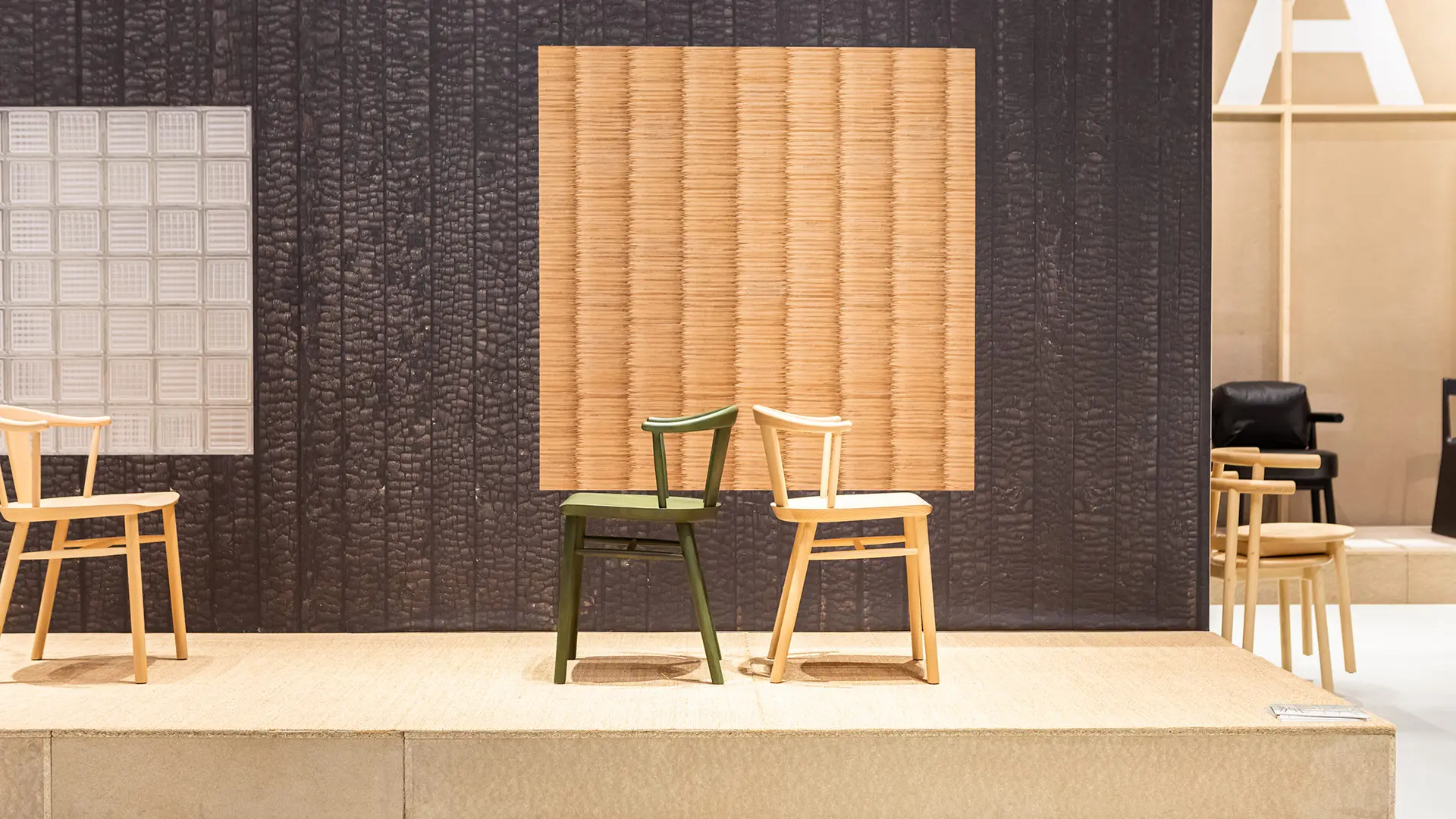
Sedia Stelo, design by Sam Hecht & Kim Colin for Mattiazzi - Ph. Andrea Mariani
With circular materials, craft techniques and unexpected combinations, the chair is a furnishing always capable of renewal
Do we still need new chairs? The debate crops up cyclically, not without a touch of malice, among insiders in the furniture sector. The very high number of models on the market, including the masterpieces that critics and the public have elevated into icons, would certainly be enough to furnish our living spaces for years to come.
And again, wouldn’t it be more appropriate to redirect energy and skills towards other types of projects, perhaps in more innovative ways? These points are promptly disproved by the facts. Not just because many designers consider chair design an initiatory ritual that it is beautiful, as well as useful to engage in. But also because the process of innovation invariably proves overwhelming and unstoppable. The field of furniture design, which today appears relatively stable, is perpetually being shaken by new requirements, whether for new production techniques, more efficient and sustainable materials, or even a spirit of adaptation to the new tastes and ideas that shape our sense of the home. This is why we always need new chairs, as well as designers to imagine them and make them real.
So welcome the new models of seating that companies are careful to launch each year, such as those we discovered at the last Salone del Mobile.Milano. The Belvedere chair, designed by Ludovica Serafini + Roberto Palomba presented by Kartell, is a good example of how unexpected combinations of materials can startle our expectations. Its carbon frame makes it extremely lightweight with a very slender, graceful profile. But it is the encounter with Vienna straw – after all, Belvedere is the name of the Viennese palace of the same name that inspired the chair – that makes the novelty tangible, functioning as a bridge between past and future. The Babà chair that Emilio Nanni designed for Billiani also has a specific inspiration. As the name suggests, the reference is to the sensuous Neapolitan dessert, which Nanni transposes into the sweetness of small details capable of softening the contemporary linearity of the seat by a few restrained curves (and the many finishes available, including the padded version).
By contrast, the A-DC05 chair styled by KEIJI ASHIZAWA DESIGN for Karimoku looks at the specific context of catering. Slightly inclined, the back is designed to enhance the comfort of those who experience the chair during meals, while maintaining a harmonious profile with the elegance of the curved tubular wooden armrest. Other novelties continue to arrive from Japan, reinterpreting the country’s long-standing manufacturing culture with care and craftsmanship. The Shoto stool, which can be combined with the table of the same name, was presented by Maruni, a Japanese company founded in 1928. The oval stands out as the lowest common multiple of the whole line, but also alludes to the island shape that the composition of table and seat embody in the living room. Shoto significantly means archipelago in Japanese, and the hand-crafted quality of the workmanship enhances its bevelled styling. The noble character of wood is further enhanced by the project that Emmanuel Gallina presents for Milla & Milli. As minimalist as it is, his Iris chair in solid wood is a piece that does not go unnoticed, given its three-legged design – always quite rare in a chair – with a rectangular backrest that harmoniously matches the round seat with its organic overtones.
Finally, there is no shortage of reinterpretation of two models from the start of the millennium that reveal all their relevance twenty years after the were first launched. With Museum, the Infiniti brand renews the Giulio bench, which the designer Giulio Lazzotti styled in 2002 (and for which he won a Good Design Award). Restrained, though without severity – due to the convex profile of the legs and the lower part of the seat – the bench can easily be inserted in many public and private spaces, from museums, as the name suggests, to private homes. Another reissue, in this case updated through the efficient performance of the materials, is Catifa 46 from Arper. Made using 100% recycled plastic, derived from a combination of post-consumer and post-industrial materials, it is now presented with a new shell, characterized by an unprecedented texture, and a new cushion in waterproof and completely recyclable BREATHAIR®, which adapts perfectly to the shape of the seat.
Other offerings spotted at the Salone reveal how much room for reflection on innovation lies behind each model. With Motta, designed for Magis, Jasper Morrison rethought the classic dining-room chair with a tubular metal structure, now suitable for highly transversal insertions. The discreet shape, which the British designer has always accustomed us to, looks at the principles of customization and circularity: the backrest and seat, available in wood, plastic and upholstery, can be easily installed and replaced, favouring the recycling of individual components.
Finally, some chairs not only reinterpret themselves, but the archetypal models that the history of design has imprinted in our memory. The Faneeri Folding Chair by Jonas Forsman for Nikari revisits the folding chair model, smoothing its elegant styling and at the same time managing to optimize its storage spaces, making it a precious furnishing for both home and contract spaces. For Mattiazzi, Sam Hecht & Kim Colin have rethought the Windsor chair with Stelo, an emblematic model that says a lot about the earliest assembly lines in the furniture sector, where each component was made by specialist craftworkers and then assembled in a small proto-industrial production line. An “assembled” aesthetic, as the designers describe it, intended to make its profiles more rarefied and contemporary. In this way they continue to show that, thanks to innovative technologies or design details that are only apparently insignificant, each new chair can be contemporary and earn its own relevance.
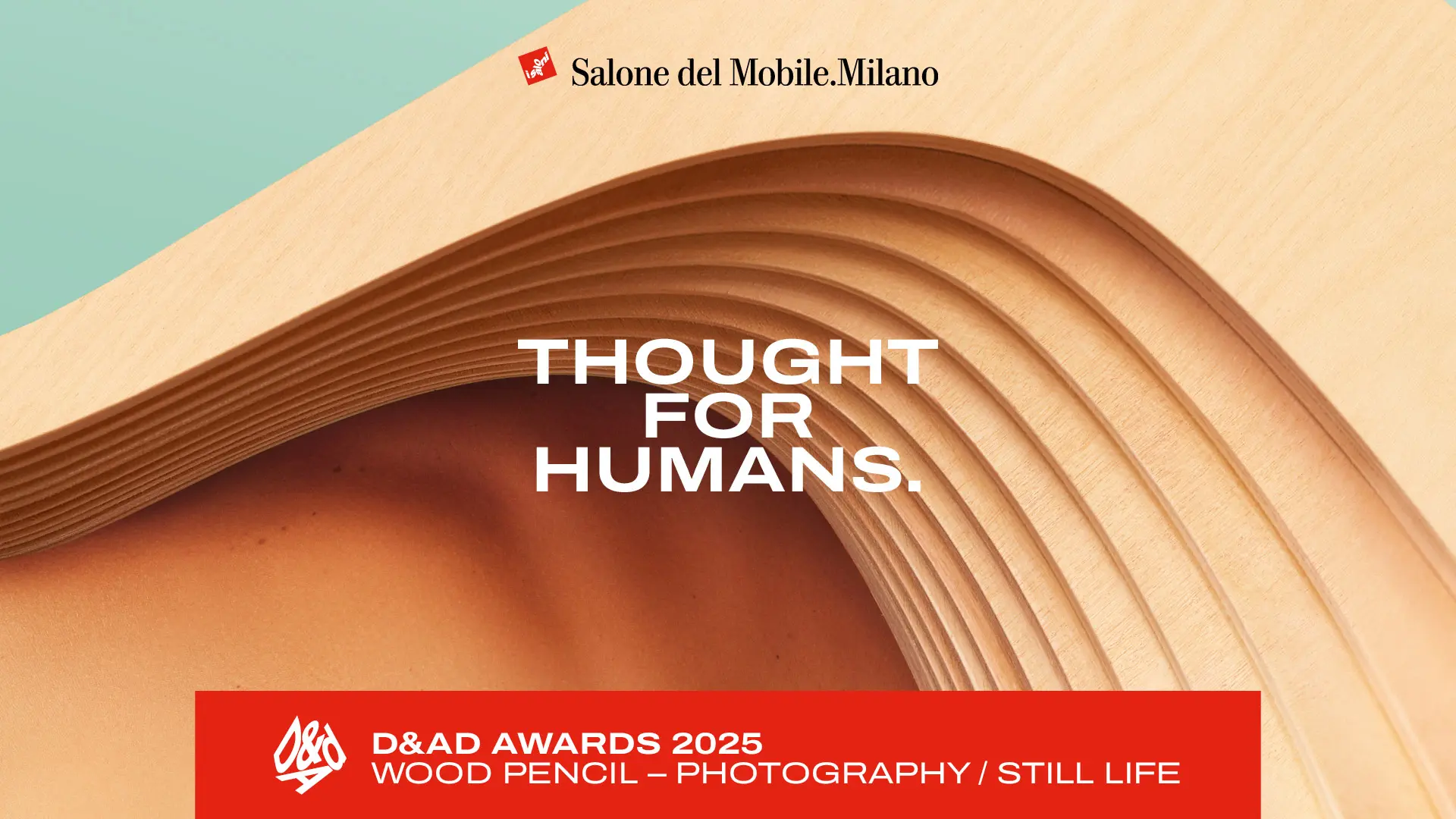
The Salone 2025 campaign is awarded a Pencil at the D&AD Awards
The “Thought for Humans.” project designed by Dentsu Creative Italy and created by New York artist and photographer Bill Durgin won the prestigious award in the Photography/Still Life category

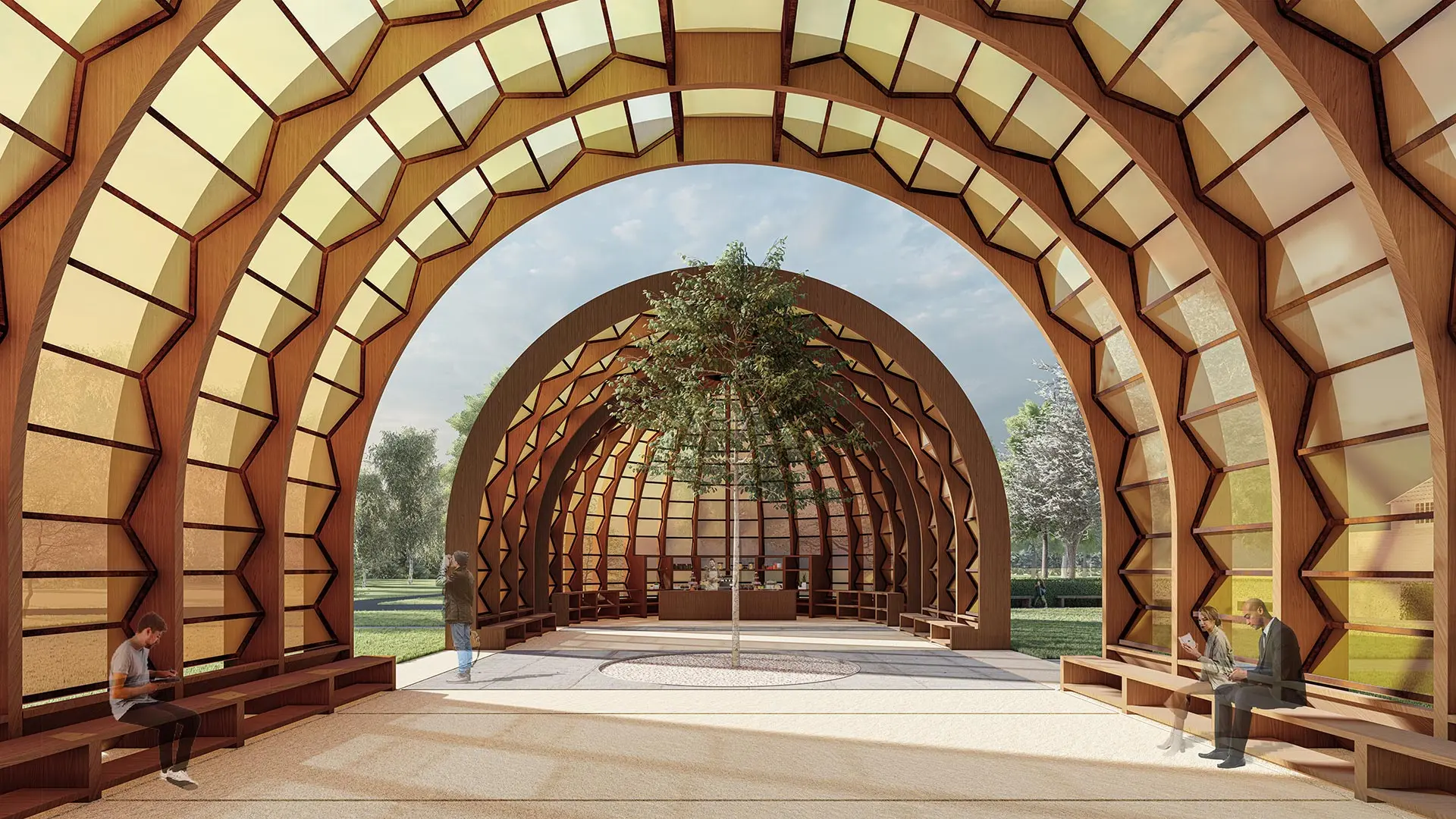
The Serpentine Pavilion designed by Marina Tabassum opens in London
Included in TIME Magazine's 2024 list of the 100 Most Influential People, the architect and lecturer Marina Tabassum has designed A Capsule in Time, the temporary - and partially kinetic pavilion ‘ that will host the Serpentine Gallery's summer programme until 26th October



